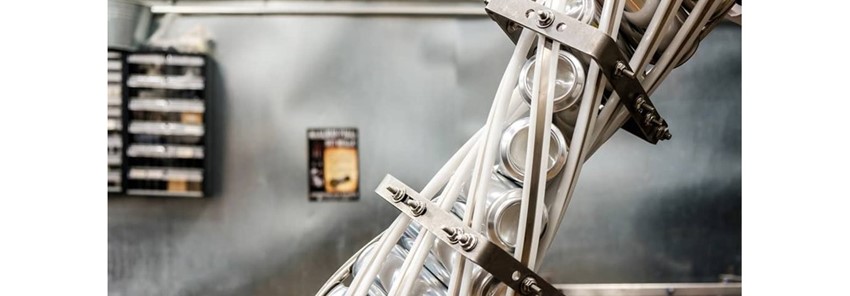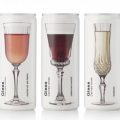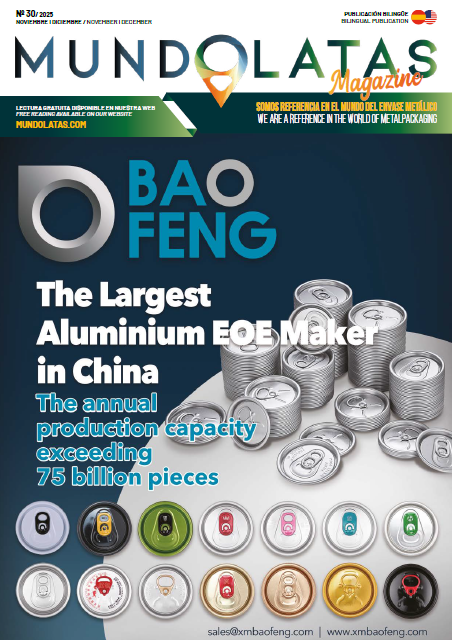Brands are revisiting can formats to attract new customers and differentiate themselves. This is the trend that the current market is trending towards as beverage manufacturers are betting on the non-traditional can formats industry in order to meet the trend with new products and designs that promote health and wellness, without overlooking the packaging and its design.
In the case of canned beer, its size has traditionally always been 330 ml or 375 ml; however, some are changing their canning expectations with more stylish and ergonomic packaging that captures the consumer’s attention.
Carlton & United Breweries’ recent announcement that it was launching a fruit beer in a slim can confirms this trend, which is spreading to more and more countries. The Asahi Beverages-owned brewer said it was “shaking up the beer market by launching a new type of beer as drinkers increasingly seek sweeter, lower bitterness alcoholic beverages.”
In addition, he noted that the new flavored beer category catered to customers’ changing palates, as well as the growing recognition of RTDs and seltzers, which often come in slim formats.
The latest research indicates that slim cans are becoming increasingly popular with many Australian drinkers. And that’s because can formats have often been an indicator to consumers of what kind of product they will get. “The use of thin cans helps emphasize that Fruity Beer is different from our regular beers. A slim can helps us communicate that this is not beer as you know it.” the brand adds.
Brewers have always tended to avoid fancy or slim 250 ml cans, unless they are also producing seltzers in their portfolio, which has allowed them to differentiate between non-beer product and their core ranges.
However, can supplier Orora announced in its latest annual results that slim and fancy can volumes generally increased in FY22, which was due to better activity in the off-premise and convenience channels compared to FY21.
Over the last year, Orora has seen an increase in demand across the board, not only in beer, but also in different can formats. The company has begun construction of a second canning line at its Dandenong facility and additional ends capacity at its Ballarat facility in Victoria, totaling $110 million in investment.
Orora also announced a can line of various sizes worth close to $85 million at its Revesby site in NSW, with construction to begin in the coming months.












